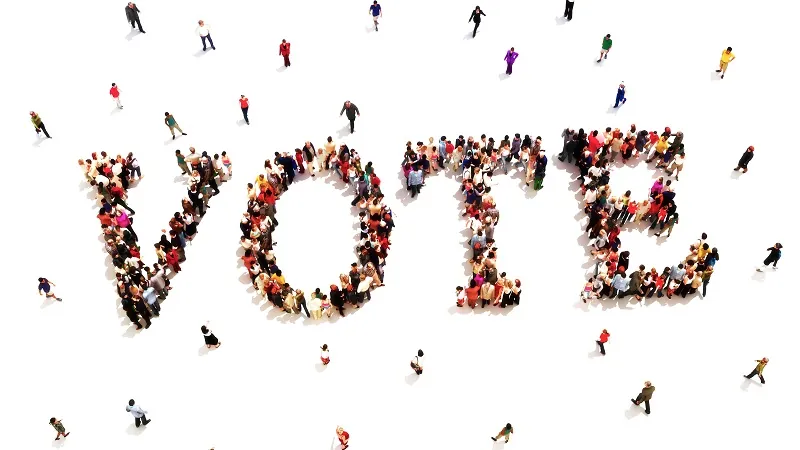How DAOs Balance Decentralized Decisions and Efficiency
It’s often said that too many cooks in the kitchen can spoil the soup. Transferring this notion of too many voices to the DAO, it begs the question: how does anything get done? While the concept of the “Vox Populi,” the voice of the people, can lead to smarter decision making in the long run, it can also present some challenges in reaching consensus to act upon the DAO’s mission in real-time.
How are decisions made in a DAO?
DAO decision making requires consensus. DAO members vote on proposals put forth, and decisions are made based on this decision. Within DAOs, voting mechanisms vary, and they may involve such practices as token-weighted voting, quadratic voting, rage quitting, and liquid democracy. To date, there is no established best practice; DAOs decide which voting mechanisms work for them and include it as part of their smart contracts, which are the rules by which DAOs operate.
Understandably, depending on the voting protocol, decision making may take some time. This is particularly the case for ‘conviction voting,’ which takes time to realize due to members switching their convictions/votes from one to another until consensus is achieved.
In addition to the voting protocols, there’s another element to consider: how do DAOs get proposals to vote on in the first place? While every DAO operates slightly differently, the process for this is generally quite similar.
A proposal is written in the DAO’s community. This may be a platform such as Discord or Discourse. If it receives initial approval, it is then put to a vote. If the community passes the proposal, it is written into the blockchain and put into action.
Decision making: the VitaDAO case
Let’s look at how this works in practice using VitaDAO as an example.
VitaDAO is a biotech DAO focused on improving longevity research. Formed in April 2021, VitaDAO is a relatively new organization utilizing novel means to solve challenges in biotech. The DAO uses a weighted-token mechanism as its voting strategy, meaning that its tokens are staked and used for a specific vote.
The voting happens as follows:
- A proposal is made to the DAO in the form of a 500-1,000 project. It is then evaluated on a 4-tier scale.
- First-tier proposals that get a ‘stamp of approval’ are passed to the forum.
- Second-tier proposals require clarification and follow-up questions.
- Third and fourth tiers need to amend their application before trying again.
- Next, the proposal enters the forum stage. Here, the community provides feedback, which is then incorporated into the proposal.
- After this process, the proposal is put to a Snapshot vote among $VITA holders.
- Once a decision has been approved by an on-chain vote, it’s then put into action.
This may be a time-consuming process. However, this method helps ensure accountability and transparency in how the DAO’s funds are used. VitaDAO recognizes that such a mechanism isn’t suitable for all proposals.
Within the DAO’s governance system, there is also an allowance for smaller ticket proposals to be approved without this requirement. This is done by the DAO’s two working group stewards for proposals up to 2,500 USD, VitaCORE (the DAO’s core team) for proposals between 2,500 USD and 10,000 USD, and Discourse for proposals between 10,000 USD and 50,000 USD (subject to change).
Large-scale funding over 50,000 USD is only granted via an on-chain vote.
Decentralized or not decentralized?
Although it can be viewed that the decision to operate in this way is a step away from decentralization, it’s vital to highlight that this governance structure was voted upon by DAO members and, in addition, serves to increase the operational capacity of the DAO instead of forcing members to focus on lower-stake proposals. At all stages, the DAO’s decision making process is transparent for its members.
The perfect balance?
While DAOs are decentralized organizations, they may employ more traditional organizational structures on occasion in order to allow the DAO’s core work to be completed. However, to ensure the integrity of the DAO, such a mechanism must be approved and transparent. As DAOs explore various mechanisms to increase accountability, the balance between decision making and operational efficiency will become clearer and more efficient.




